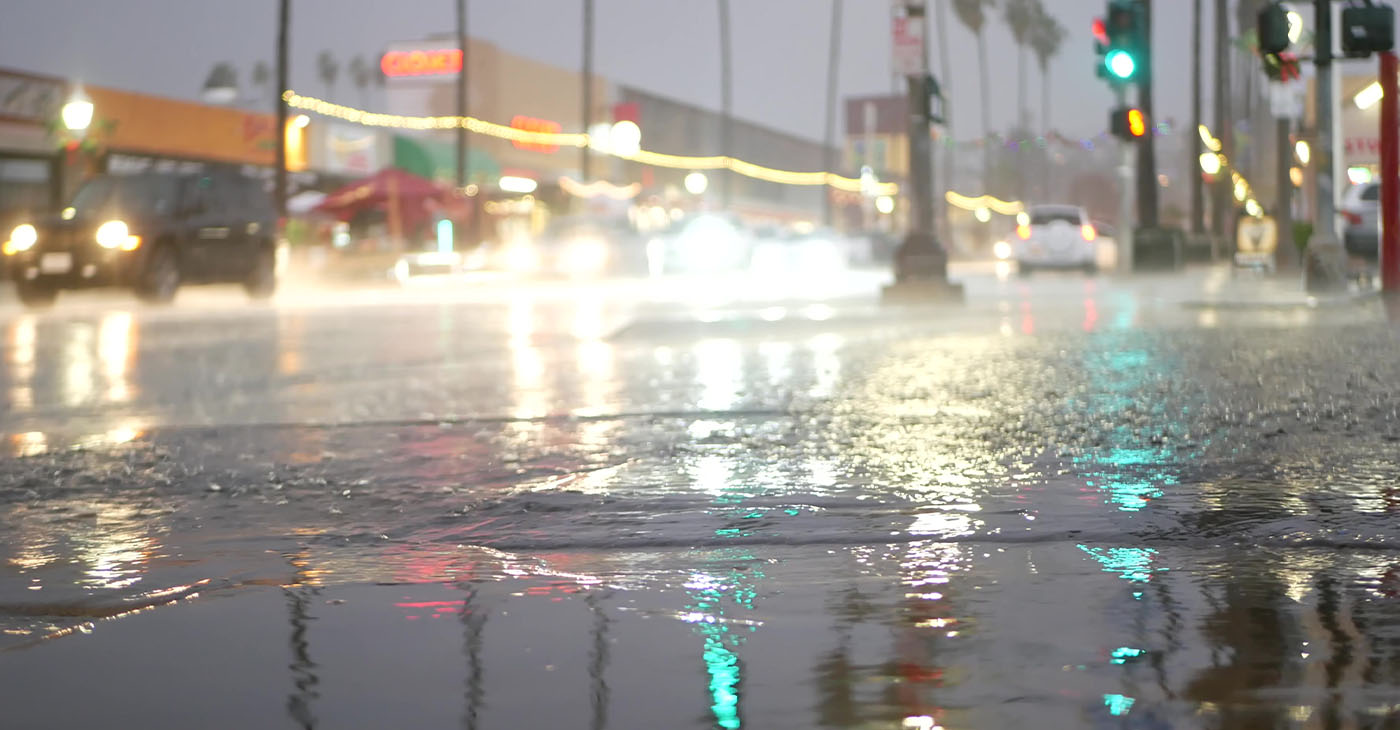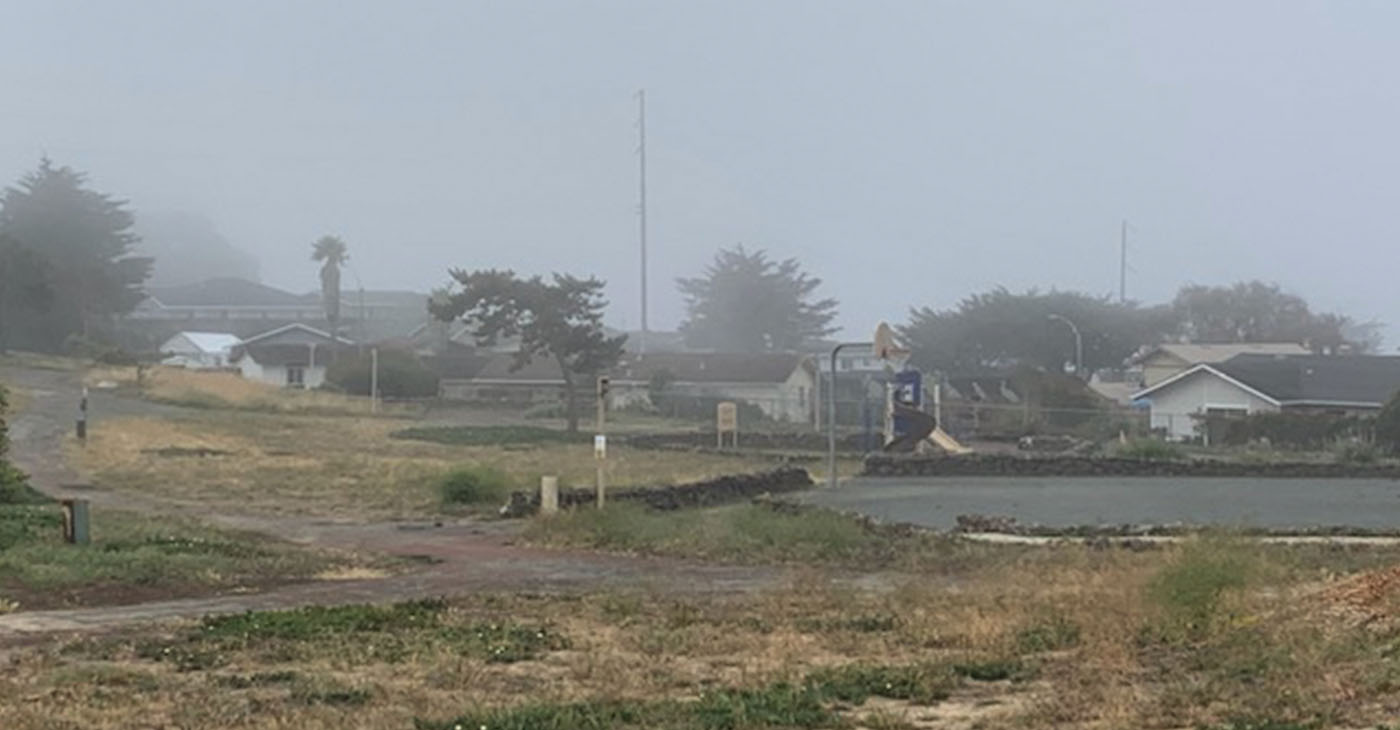Environment
Internationally Recognized Company, Earthquake Protection Systems, at Mare Island
|
Mare Island is home to many businesses and headquarters, warehouse and manufacturing plants and other industrial marvels, which service not only the Bay Area, but also the national and international markets. Earthquake Protection Systems, Inc. is one of the latter. A world leader in seismic isolation design and manufacturing, Earthquake Protection Systems (EPS) has the highest engineering qualifications, technology advanced products, the broadest implementation experience and the most comprehensive manufacturing and testing. EPS applies advanced seismic isolation technology to the design and construction of resilient and sustainable facilities that can function after an earthquake, helping to preserve and protect contents, non-structural components and structures from damage. The manufacturing plant is located on 12-acres, and with 130,000 square-feet of manufacturing space, EPS has a complete in-house fabrication capability and has a production capacity of more than 3,000 seismic bearings per year. Real time earthquake simulation testing is typically performed for every bearing, providing realistic verification of the bearing design properties and capacities. EPS has worked on the San Francisco International Airport Terminal, and was designed by Skidmore, Owings and Merrill to resist a magnitude 8 earthquake on the nearby San Andreas Fault. The Friction Pendulum bearings provide a three-second isolation period and will reduce earthquake force demands on the building by 70 percent. The Cathedral of Christ the Light in Oakland also had work done by EPS to use Friction Pendulum seismic isolation bearings to support a 120-foot tall sanctuary, which incorporates glulaminated timber, reinforced concrete, high strength steel, and aluminum and glass to create a light-filled structure.
As part of Apple’s second campus, EPS is fabricating seismic isolators for the buildings “spaceship” style structure. Across the world, EPS has worked on the repair/retrofit of a portion of the Trans-European Motorway in northwestern Turkey that was significantly damaged in the 1999 Duzce Earthquake. The 536 Friction Pendulum bearings were installed in all four of the major Bolu-Viaducts structures of the motorway. Additionally, EPS assisted the Public Gas Corporation of Greece in selecting and installing Friction Pendulum bearings for two large Liquefied Natural Gas storage tanks on the island of Revithoussa, near Athens, in one of Europe’s highest seismic regions. Earthquake Protection Systems is located in Building 759 at 451 Azuar Drive on Mare Island. To learn more about EPS, visit their website www.earthquakeprotection.com |
Bay Area
Richmond’s Growing Bay Trail Boasts Bountiful Beauty
The Standard recently enjoyed a sunny-day stroll through Richmond’s Barbara and Jay Vincent Park and an exquisite section of the city’s ample share of San Francisco Bay Trail. Near Vincent Park’s entrance, the Bay Trail offers locals a front-row view of Richmond’s Marina, with an eclectic mix of boats and some of the city’s shoreline eateries like Lara’s Fine Dining and Anh Restaurant & Bar.

By Kathy Chouteau
The Richmond Standard
When was the last time you used the Bay Trail in Richmond?
The Standard recently enjoyed a sunny-day stroll through Richmond’s Barbara and Jay Vincent Park and an exquisite section of the city’s ample share of San Francisco Bay Trail.
Near Vincent Park’s entrance, the Bay Trail offers locals a front-row view of Richmond’s Marina, with an eclectic mix of boats and some of the city’s shoreline eateries like Lara’s Fine Dining and Anh Restaurant & Bar.
Stroll further into the park on the trail and you’ll spy the Craneway Pavilion and Rosie the Riveter Park’s Visitor Center across the water, as well as ample geese—and if your timing is right—a few sailboarders getting ready to launch into San Francisco Bay.
A great kids’ playground and BBQ grills also await in the well-used park. Follow the trail around the western bend to see the park’s small but picturesque beach and clear-day views of San Francisco, the Golden Gate Bridge and more. The Bay Trail will lead you to Berkeley and beyond if you’ve got the energy.
To this reporter, who has spent lots of time here, Vincent Park and the Bay Trail are some of Richmond’s most stunning outdoor gifts for its people.
‘Gifts’ because our outdoor views don’t cost a thing yet deliver a quiet joy ready to reenergize you for the week. And for your kids and four-legged friends, there’s a world of sea creatures, shells, and other outdoor ephemera to discover after a dig in the sand.
Take it from someone who originally hails from a land-enclosed state, and a city where the most interesting hyper-local views were of the Bethlehem Steel mill in Bethlehem, Pa.
While my native city’s steel might have been used to build the Golden Gate Bridge and WWII ships, and this reporter has deep love for her hometown, trust me when I say that people in ‘the Rich’ are privy to some of the best views I’ve ever seen in our country.
According to the Trails for Richmond Action Committee (TRAC), Richmond has more than 32 miles of shoreline, which is more than any other city on San Francisco and San Pablo Bays. The Bay Trail currently has more than 300 miles completed of 500 planned for the trail around both bays. Enjoy Richmond’s bounty!
Want to learn more about the Bay Trail in Richmond? Check out TRAC.
California Black Media
After Severe Storms Kill 12, State Warns of Ongoing Dangers
State authorities and elected officials around California are thanking 8,500 first responders for their combined efforts over the past weeks to save lives during severe storms that killed 12 people, contributed to intense flooding, led to power outages, downed trees and caused more than $10 million in damages.

By California Black Media
State authorities and elected officials around California are thanking 8,500 first responders for their combined efforts over the past weeks to save lives during severe storms that killed 12 people, contributed to intense flooding, led to power outages, downed trees and caused more than $10 million in damages.
They are also directing Californians to resources to address losses they may have suffered during the storms and warning them of ongoing dangers.
“We mobilized an all-of-government response, including our swift water rescue teams that have made 47 rescues,” said Gov. Gavin Newsom. “We’re grateful to our thousands of first responders who have saved countless lives and kept our state going in the face of record-breaking rainfall and snow.”
On Feb. 4, the Governor declared a state of emergency in eight counties: Los Angeles, Ventura, Orange, San Bernardino, San Luis Obispo, Santa Barbara, Riverside and San Diego.
On Feb. 7, Newsom followed up by requesting a major disaster declaration from the White House to support San Diego County as it recovers from the storms.
“The late January storm saw record-breaking rain in San Diego, where the worst impacts were felt in lower-income neighborhoods. Many folks saw damage to their life’s work that can’t be recovered without federal support,” the Governor said.
On Feb 10, the Governor’s Office for Emergency Services (CalOES) provided safety tips for returning home aimed at Californians who had to evacuate, including how to deal with accumulated muck, mud and debris.
In Sacramento County, a 63-year-old woman was found dead under a large fallen tree in her backyard.
Effects of recent storms can weaken trees, leading to falling branches or even entire trees, which can cause damage to homes, and vehicles and pose a threat to public safety, according to Cal OES.
The sudden occurrence of toppled trees, fallen branches or uprooted trees saturated by standing water creates hazardous conditions for pedestrians, motorists, power lines and homes.
CalOES is urging Californians to stay informed about whether forecasts, and informed the public that it is still assessing storm damages.
California Black Media
Calif. Park Advocates Want More Green Spaces in Black Neighborhoods
Some advocates say the state is not developing and maintaining community recreational facilities equally. They point out that green spaces in neighborhoods where Black Californians live remain underfunded even though the state has invested billions of dollars over the last decade-and-a-half to improve them.

McKenzie Jackson
California Black Media
Some advocates say the state is not developing and maintaining community recreational facilities equally. They point out that green spaces in neighborhoods where Black Californians live remain underfunded even though the state has invested billions of dollars over the last decade-and-a-half to improve them.
“They need to have a system to get money to the Black communities,” said Danny J. Bakewell, Sr., a Los Angeles-based businessman, civil rights activist, and philanthropist.
“They will tell you they have a system to make sure it’s not unfair, but the way they do the funding is not fair,” continued Bakewell, the only Black member of the California State Park and Recreation Commission. “Black people are not getting that money.”
Bakewell expressed concerns the scoring system employed by the California Department of Parks and Recreation’s Statewide Park Development and Community Revitalization Program (SPP) to determine how funds are distributed does not benefit African American cities and neighborhoods.
Defending its operations and application process, the SPP says giving all Golden State residents access to open outdoor spaces is its main goal.
State Parks Deputy Director for Community Engagement Sedrick Mitchell said SPP has, “placed green spaces in places where they weren’t before.”
SPP’s grants initiative, according to Mitchell, is the largest parks-related program in California history. It has funded $1.16 billion in construction, expansion, or renovation of 299 parks since 2009.
Applications are evaluated in a competitive process. Project approval is determined by a scoring system that awards a maximum of 100 points.
SPP says, the main qualifying criterion for funding is the ratio of park acreage per 1,000 residents living near the park, the median household income of those residents, and the number of residents living below the poverty line.
“If you have zero acres, you are likely to get the most points,” Mitchell explained. “If you have two acres, you are going to get less. The law requires us to look at two things — acres per 1,000 and income,”
Bakewell, who has been a parks commissioner for two years, said Seaside, a small Monterey Bay city with a Black mayor and a significant Black population should have received SPP funds.
Seaside Recreation Services Director Dan Meewis said the city has decades-old parks with deteriorating sidewalks.
“It’s a centralized hub for kids from a variety of neighborhoods,” he explained. “The walking trails throughout the parks are horrendous, tripping hazards.
The city’s two applications for SPP funding, the latest in 2021, were denied.
Mitchell says, state legislation directed the Parks’ initiative to prioritize funding for the creation of new parks over rehabilitations.
Mitchell and his staff met with Bakewell, Meewis, and Seaside Mayor Ian Oglesby to review the city’s denied proposals. Meews said he wished Seaside would have received guidance on how to improve their bid before their second application was rejected.
Mitchell said an area’s racial or ethnic makeup plays no part in how SPP monies are dispersed.
Bakewell wants to do more but said the commission he serves on doesn’t have a say in which projects are funded.
“Black communities at a minimum need stellar parks and recreation,” said Bakewell.
-

 Activism4 weeks ago
Activism4 weeks agoOakland Post: Week of March 20 – 26, 2024
-

 #NNPA BlackPress3 weeks ago
#NNPA BlackPress3 weeks agoMayor, City Council President React to May 31 Closing of Birmingham-Southern College
-

 #NNPA BlackPress3 weeks ago
#NNPA BlackPress3 weeks agoFrom Raids to Revelations: The Dark Turn in Sean ‘Diddy’ Combs’ Saga
-

 #NNPA BlackPress3 weeks ago
#NNPA BlackPress3 weeks agoCOMMENTARY: D.C. Crime Bill Fails to Address Root Causes of Violence and Incarceration
-

 #NNPA BlackPress3 weeks ago
#NNPA BlackPress3 weeks agoCOMMENTARY: Lady Day and The Lights!
-

 #NNPA BlackPress3 weeks ago
#NNPA BlackPress3 weeks agoBaltimore Key Bridge Catastrophe: A City’s Heartbreak and a Nation’s Alarm
-

 #NNPA BlackPress3 weeks ago
#NNPA BlackPress3 weeks agoBaltimore’s Key Bridge Struck by Ship, Collapses into Water
-

 Activism3 weeks ago
Activism3 weeks agoOakland Post: Week of March 27 – April 2, 2024
















































